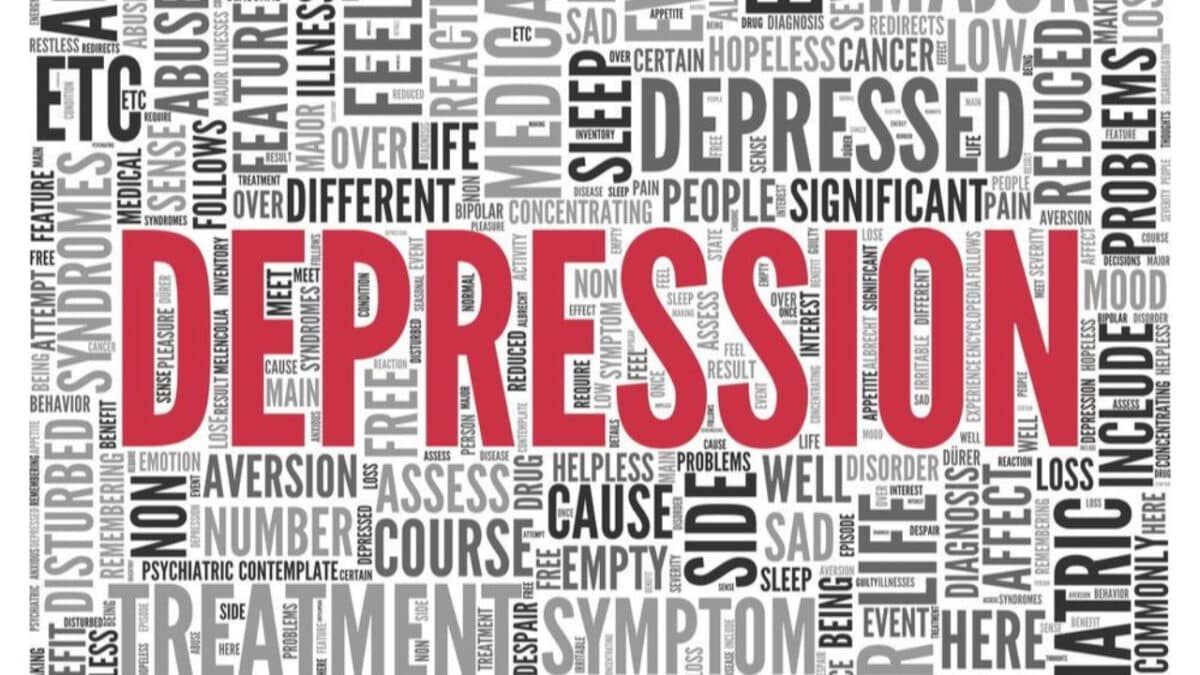In June 2016, the SABS new definition for catastrophic impairment will take effect.
They will be introducing a new rating method for the combination of physical and mental impairments that includes the use of the 6th edition of the AMA Guides.
The 6th edition method, the rater derives 3 scores by evaluating the client using 3 different scales:
- Brief Psychiatric Rating Scale
- The Global Assessment of Functioning Scale
- The Psychiatric Impairment Rating Scale
In this blog post, we will be discussing the Brief Psychiatric Rating Scale (BPRS).
This scale was first published in 1962 and is one of the oldest, widely used scales to measure psychotic symptoms. The BPRS is measured to have good reliability and validity.
The BPRS is a 24-item scale that measures psychiatric symptoms such as depression, anxiety, hallucinations and unusual behaviour.
The 24 items include the following:
- Somatic concern
- Anxiety
- Depression
- Suicidality
- Guilt
- Hostility
- Elated mood
- Grandiosity
- Suspiciousness
- Hallucinations
- Unusual thought content
- Bizarre behaviour
- Self-neglect
- Disorientation
- Conceptual disorganization
- Blunted affect
- Emotional withdrawal
- Motor retardation
- Tension
- Uncooperativeness
- Excitement
- Distractibility
- Motor hyperactivity
- Mannerisms and posturing
Each symptom is rated on a likert scale from 1 (NOT PRESENT) – 7 (EXTREMELY SEVERE).
The sum of all 24 items is then calculated to a maximum score of 168 (24X7=168).
The higher the score, the more psychiatrically impaired the client is.
The scores are based on the clinician’s interview with the client and observation of the client’s behaviour over 2-3 days. The client’s family should also provide a report on the client’s behaviour to assist with determining the scores.
Some items on this scale are quite specific to bipolar or psychotic disorder, which do not relate to clients in motor vehicle accidents. This eliminates almost 49 points (7 items on the list of 24) from the maximum of 168.
It has been noted that to increase the reliability of ratings, it is recommended that clients be interviewed jointly by a team of 2 clinicians, with the raters either making independent ratings to be later compared, or jointly making ratings through discussion and consensus building.
The strength of this scale is that it is sensitive to change, broad evaluation of a number of different symptoms, and psychometric properties and underlying factor structure is well-established.
The limitations are that the scale focuses mainly on symptoms as opposed to function. In addition, it is often a tool used to measure severity of symptoms of schizophrenia or psychotic disorders, which usually does not relate to motor vehicle accident clients.
The final score out of 168 is then converted to a Whole Person Impairment (WPI) score using the 6th edition of the AMA Guides. You would need a score of at least 3 on the 17 items that do not deal with a psychotic disorder (summed score of 51) to receive a WPI of 30%.
The WPI obtained from the BPRS will then be used in combination of the 2 other scales, the PIRS and the GAF, to obtain the median WPI rating, which will then be combined with the physical WPI rating to obtain the total WPI.

